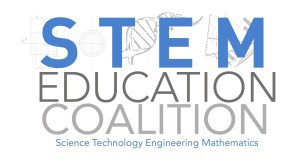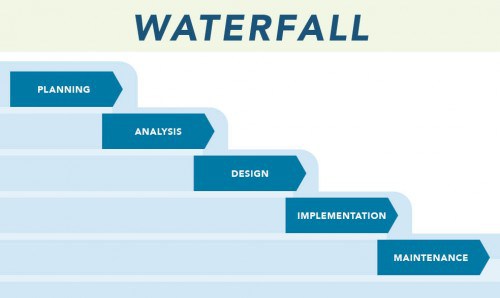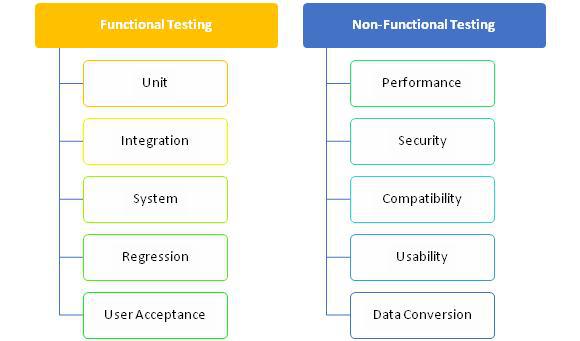Pruebas de software: es el proceso de evaluar un sistema y sus componentes, con el propósito de encontrar otra manera de satisfacer las necesidades de los requerimientos especificados del software. Es ejecutar un sistema en orden para identificar errores o requerimientos faltantes. Son actividades dentro del desarrollo de software.
Los tipos de pruebas de software son:
Unitarias: Se centra en dividir el programa en módulos y mostrar que cada módulo funciona bien y cumple con los requerimientos.
Integración: Es la prueba que combina las partes de la aplicación y determina si estas funcionan correctamente. Este tipo de prueba se puede realizar de dos maneras “Bottom-up Integration Testing” y “Top-down integration testing”.
Sistema: Este tipo prueba al sistema como un conjunto. Una vez que se integra todo el sistema, se verifica que el sistema cumpla con las normas de calidad. Se llevan más pruebas especializadas.
Regresión: Cuando se hace un cambio en algún módulo del sistema, es probable que se hayan afectado los otros módulos del sistema. Este tipo de prueba se enfoca en verificar que un cambio no afecte al sistema por completo.
Aceptación: Se evalúa que el equipo cumpla con las especificaciones deseadas y satisface los requerimientos planteados por el cliente. Con diferentes escenarios planteados se probará el programa.
Alpha: Es la primera etapa de la prueba, se combinan las pruebas unitarias, de integración y de sistema en este tipo. Durante la implementación de esta se revisan los siguientes aspectos:
- Spelling Mistakes
- Broken Links
- Cloudy Directions
- El sistema se probará en máquinas con la especificación más baja para probar los tiempos de ejecución
Betha: Esta prueba se pone en ejecución después de haber probado la Alpha, en esta una muestra de la audiencia pone a prueba la aplicación. También son conocidas como pruebas pre-lanzamiento. Es para que el sistema ![]()





